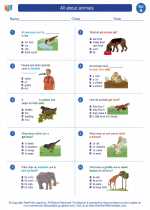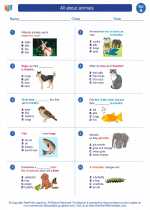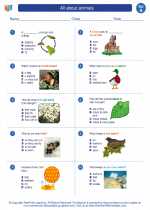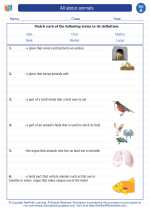Paleozoic Era
The Paleozoic Era is a geologic era that lasted from about 541 million years ago to 252 million years ago. It is divided into six periods: Cambrian, Ordovician, Silurian, Devonian, Carboniferous, and Permian. This era is known for the emergence and diversification of life, including the appearance of the first fish, plants, insects, and reptiles.
Key Events and Characteristics of the Paleozoic Era:
- Diversification of Life: The Paleozoic Era saw the rapid diversification of marine life, including the Cambrian Explosion, which marked the emergence of many new animal species.
- First Land Plants: Plants began to colonize the land during the Paleozoic Era, leading to the development of terrestrial ecosystems.
- Evolution of Fish and Tetrapods: The first fish and tetrapods (four-limbed vertebrates) appeared during this era, marking a significant step in the evolution of vertebrate life.
- Mass Extinctions: The end of the Paleozoic Era was marked by the largest mass extinction event in Earth's history, known as the Permian-Triassic extinction, which wiped out about 90% of marine species and 70% of terrestrial vertebrate species.
- Formation of Pangaea: The Paleozoic Era saw the gradual merging of continents to form the supercontinent Pangaea, which had a major impact on global climate and ecosystems.
Study Guide for the Paleozoic Era:
1. Geological Time Scale
Study the divisions of the Paleozoic Era and the major events that occurred during each period.
2. Fossil Record
Examine the fossil record of the Paleozoic Era, including the diverse marine life found in Cambrian rocks and the transition of life from sea to land in the Devonian and Carboniferous periods.
3. Evolutionary Milestones
Explore the key evolutionary developments during the Paleozoic Era, such as the emergence of fish, plants, insects, and tetrapods.
4. Mass Extinction
Investigate the causes and consequences of the Permian-Triassic extinction event, and its impact on the evolution of life on Earth.
5. Continental Drift
Understand the process of continental drift and its role in the formation of Pangaea during the Paleozoic Era.
[Paleozoic] Related Worksheets and Study Guides:
.◂Science Worksheets and Study Guides First Grade. All about animals

 Worksheet/Answer key
Worksheet/Answer key
 Worksheet/Answer key
Worksheet/Answer key
 Worksheet/Answer key
Worksheet/Answer key
 Worksheet/Answer key
Worksheet/Answer key
 Vocabulary/Answer key
Vocabulary/Answer key
